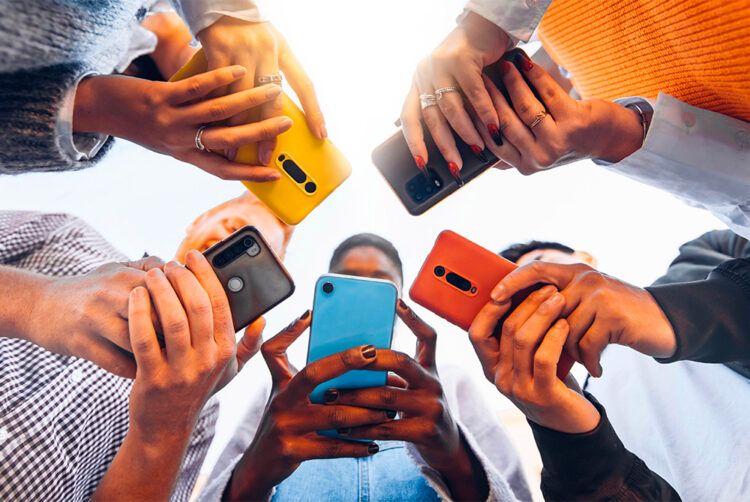The current economic downturn is driving an increase in consumption of digital “stay at home” content, such as on CTV and social media, with most individuals (55%) now spending more time consuming content daily than they did pre-pandemic.
A similar number (54%) also report buying more items online now than pre-pandemic, with more than half (53%) of people using digital content to inform planned purchases more often now than they did before Covid.
That is according to a survey commissioned by DoubleVerify and conducted by market research company Sapio Research.
The survey shows the stickiness of some Covid-era content consumption habits. The pandemic was widely seen as accelerating the digital transition, and with many continuing to stay home more often either out of concern for ongoing health risks or a lack of financial security to afford more expensive in-person entertainment or travel options, such trends have been maintained even well over a year since lockdowns ceased.
However, with increased online consumption has come decreased levels of trust in online media. Over two-thirds (68%) of respondents said they were concerned that levels of misinformation and disinformation are increasing online, and 82% stated they believe they have been exposed to misinformation or disinformation on social media at some point in the past.
The results imply that brands—already concerned about brand safety—must become increasingly vigilant about ad placement and brand association online, especially as programmatic digital advertising continues to be the norm. 61% of survey respondents stated they would be less likely to purchase or use a brand again if they saw it advertised next to content that they determined to be misinformation or disinformation.
In previous interviews with The Media Leader, advocates like Check My Ads and news trustworthiness ratings company NewsGuard have expressed the need for online advertisers to more carefully consider where their ads end up placed, both so that they do not end up monetarily supporting misinformation sites and to protect their own brands.
In addition, increased online use and, thus, media fragmentation, has resulted in many ads going unnoticed or unseen. Survey respondents reported that they believe they see between 1 and 50 ads per day. However, some prior estimates have placed the actual number of ad exposures between 4,000-10,000.
Two-thirds (66%) of respondents emphasized that they are more likely to pay attention to an ad if it captures their interest in the first five seconds, implying the need for smart creative and contextual placement.
Commenting on the results, DoubleVerify CEO Mark Zagorski said: “[B]rands must evolve their ad strategies—meeting their audiences where they consume content and focusing on contextual relevant, attention-grabbing ad placements that also safeguard their brand reputations.”
The survey was conducted among 16,608 adults aged 18+ across 18 countries in June.




